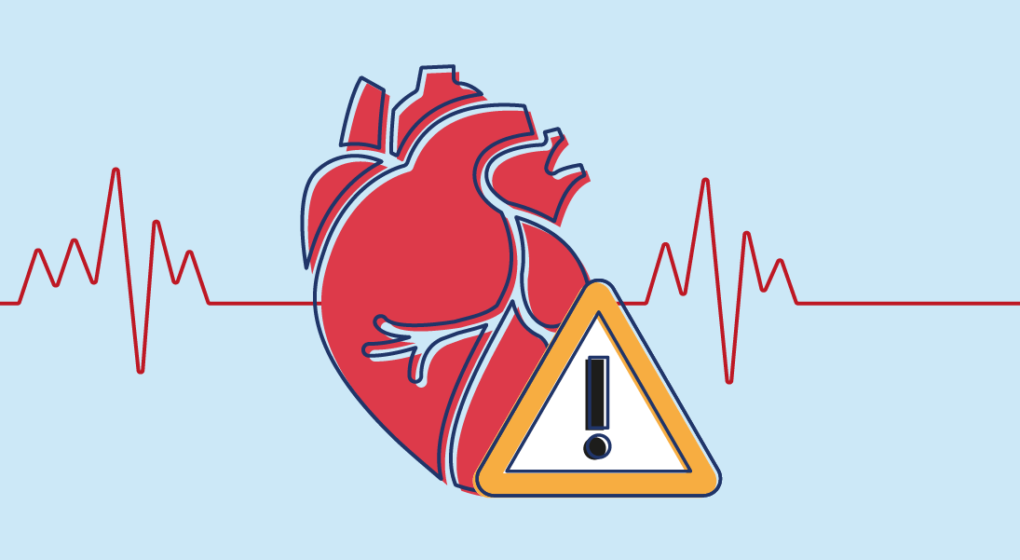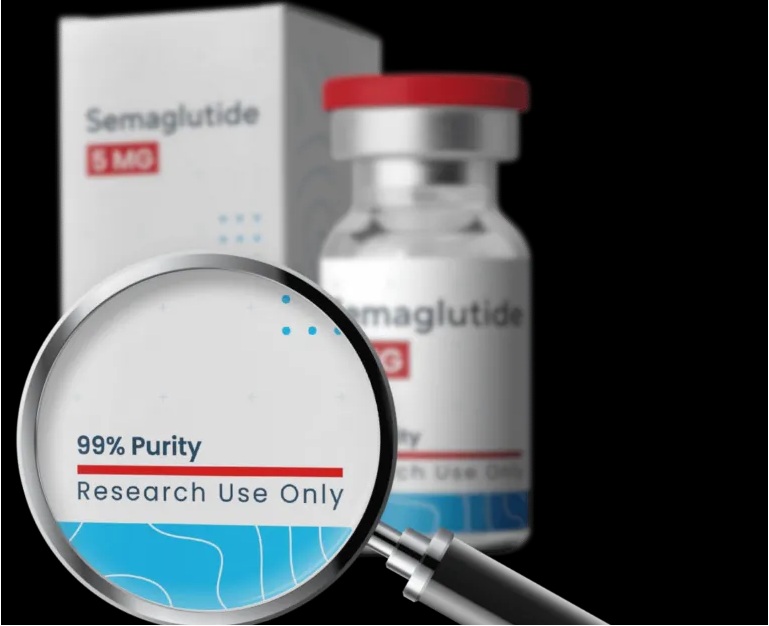Water damage may seem like a purely structural problem, but it poses significant health risks if left untreated. From mold growth to harmful bacteria, the effects of untreated water damage can impact the health and safety of everyone in your home. Understanding these health risks is essential for taking the necessary steps to address water damage quickly and thoroughly. In this article, we’ll explore the various health hazards associated with untreated water damage and explain how professional restoration helps safeguard your home and well-being.
The Health Hazards of Untreated Water Damage
When water damage occurs, it can quickly spread beyond the immediate area, affecting walls, flooring, and even your home’s air quality. Here’s a look at the health risks that can arise from untreated water damage:
1. Mold Growth and Allergens
Mold is one of the most common and serious health risks associated with water damage. Mold thrives in damp environments, often spreading in hidden areas, such as behind walls or under flooring, where water has been absorbed.
- Allergic Reactions: Mold spores can trigger allergies, leading to symptoms like sneezing, runny nose, itchy eyes, and skin rashes. For people with asthma, mold exposure can exacerbate respiratory issues.
- Chronic Respiratory Issues: Prolonged mold exposure can lead to more severe health problems, including chronic sinus infections, respiratory irritation, and other pulmonary conditions.
- Mycotoxins: Some types of mold produce mycotoxins, which can have toxic effects on humans and animals. Exposure to these toxins may lead to fatigue, headaches, and other health complications.
2. Bacterial Contamination
Standing water or water from sources such as floods can introduce bacteria into your home, which can pose serious health risks, especially if the water is contaminated.
- Gastrointestinal Issues: Bacteria present in water-damaged areas can cause gastrointestinal problems, leading to nausea, vomiting, and diarrhea. Contaminated water often harbors harmful bacteria like E. coli and Salmonella.
- Infections: Open cuts or wounds exposed to contaminated water increase the risk of infection. Bacterial exposure can lead to skin infections, and in severe cases, conditions like cellulitis or septicemia.
- Airborne Bacteria: As water evaporates, bacteria can become airborne, potentially leading to respiratory issues. This can be particularly harmful for individuals with weakened immune systems.
3. Dust Mites and Pest Infestations
Water damage creates an environment that attracts dust mites, pests, and insects. These unwelcome visitors thrive in damp conditions and can lead to additional health concerns.
- Allergic Reactions to Dust Mites: Dust mites feed on organic matter found in water-damaged areas. Their waste products can become airborne, triggering asthma, allergies, and respiratory issues.
- Insect and Pest Contamination: Cockroaches, mosquitoes, and other pests are drawn to water-damaged areas. These pests carry pathogens that can transmit diseases, posing additional health risks.
4. Structural Health Hazards
Beyond allergens and bacteria, untreated water damage can compromise the structural integrity of your home, posing potential hazards to your physical safety.
- Weak Floors and Walls: Water-damaged floors and walls may become soft, warped, or unstable over time. This creates the risk of tripping, falling, or even floor collapse.
- Exposure to Asbestos and Lead Paint: During water damage cleanup, materials like asbestos or lead paint may be disturbed, especially in older homes. Without proper handling, these substances can release harmful particles into the air, increasing health risks.
How Professional Restoration Safeguards Health
Quick and thorough water damage restoration is essential to prevent these health risks and restore a safe living environment. Here’s how professional restoration addresses each hazard:
1. Mold Remediation and Prevention
Restoration companies specialize in mold remediation, targeting the areas where mold is most likely to grow and eliminating existing spores before they spread.
- Mold Removal: Professionals use specialized techniques to remove mold from surfaces, including drywall, wood, and flooring. By addressing mold growth early, they prevent it from spreading and mitigate health risks.
- Dehumidification: Restoration teams use dehumidifiers and air movers to reduce moisture levels, making it harder for mold to thrive. By controlling humidity, they help prevent future mold growth.
- Air Purification: Air scrubbers and HEPA filters are used to capture mold spores and other airborne particles. This ensures that the air quality in your home is restored to a safe level, reducing allergens and respiratory hazards.
2. Sanitizing and Disinfecting
To tackle bacterial contamination, restoration professionals thoroughly clean and disinfect affected areas, removing contaminants and reducing health risks.
- Targeted Disinfection: Using EPA-approved disinfectants, restoration teams eliminate harmful bacteria and pathogens from surfaces exposed to water damage. This includes floors, walls, and furnishings that may harbor contaminants.
- Odor Control: Sanitizing treatments often include deodorizing solutions that eliminate odors associated with bacterial contamination. This helps create a more pleasant and breathable environment.
- Deep Cleaning of Personal Items: Restoration teams can also clean personal belongings, such as clothing, upholstery, and electronics, ensuring that bacteria is removed and your items are safe to use again.
3. Pest Control and Prevention
Water damage restoration also involves taking steps to deter pests and eliminate environments that attract insects, rodents, and other creatures.
- Drying and Dehumidifying: By thoroughly drying the affected areas, restoration professionals make the space less hospitable to pests. Dehumidifiers help reduce moisture levels, which discourages insects and dust mites.
- Pest Exclusion Techniques: Restoration teams can identify areas where pests may enter and seal them to prevent infestations. They may also recommend pest control treatments if there is evidence of an infestation.
4. Structural Repairs for Safety
Restoration professionals inspect and repair structural damage to ensure your home is safe. This involves replacing materials that have been compromised by water, such as drywall, insulation, and flooring.
- Repairing Weak Areas: Soft or warped floors and walls are removed and replaced to ensure stability. This reduces the risk of accidents and restores the structural integrity of your home.
- Asbestos and Lead Handling: Certified restoration companies, like Dry Pros, have trained teams to handle asbestos and lead paint safely, following strict protocols to remove hazardous materials without spreading particles.
Tips for Keeping Your Home Safe After Water Damage
Addressing water damage quickly is crucial for maintaining a healthy home environment, but there are also steps you can take to minimize future risks:
- Schedule Regular Inspections: After your home has been restored, schedule periodic inspections to check for signs of water damage or mold growth. Regular inspections help you catch issues early.
- Install a Dehumidifier: Consider installing a dehumidifier in moisture-prone areas like basements and bathrooms. Maintaining a lower humidity level can reduce the risk of mold and dust mite growth.
- Seal Leaks and Cracks: Regularly check for leaks in areas such as the roof, windows, and plumbing. Addressing leaks quickly helps prevent water damage and reduces the risk of pest infestations.
Conclusion
Untreated water damage can lead to a range of health risks, from mold exposure and bacterial contamination to structural hazards. By understanding these risks and taking prompt action, you can protect both your home and your family’s well-being. Professional restoration companies like Dry Pros have the expertise, equipment, and training to handle water damage thoroughly, removing contaminants and restoring your home to a safe condition. Don’t let water damage compromise your health—prioritize quick restoration to ensure a healthy and secure living environment.



